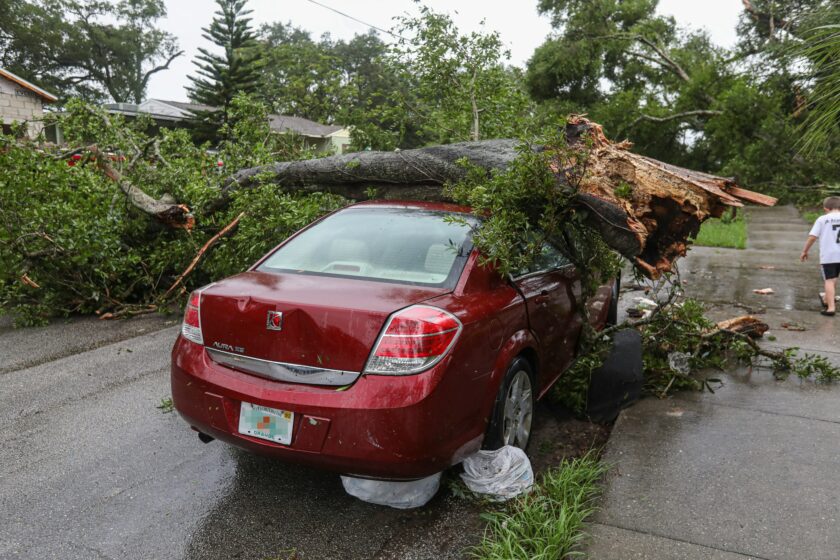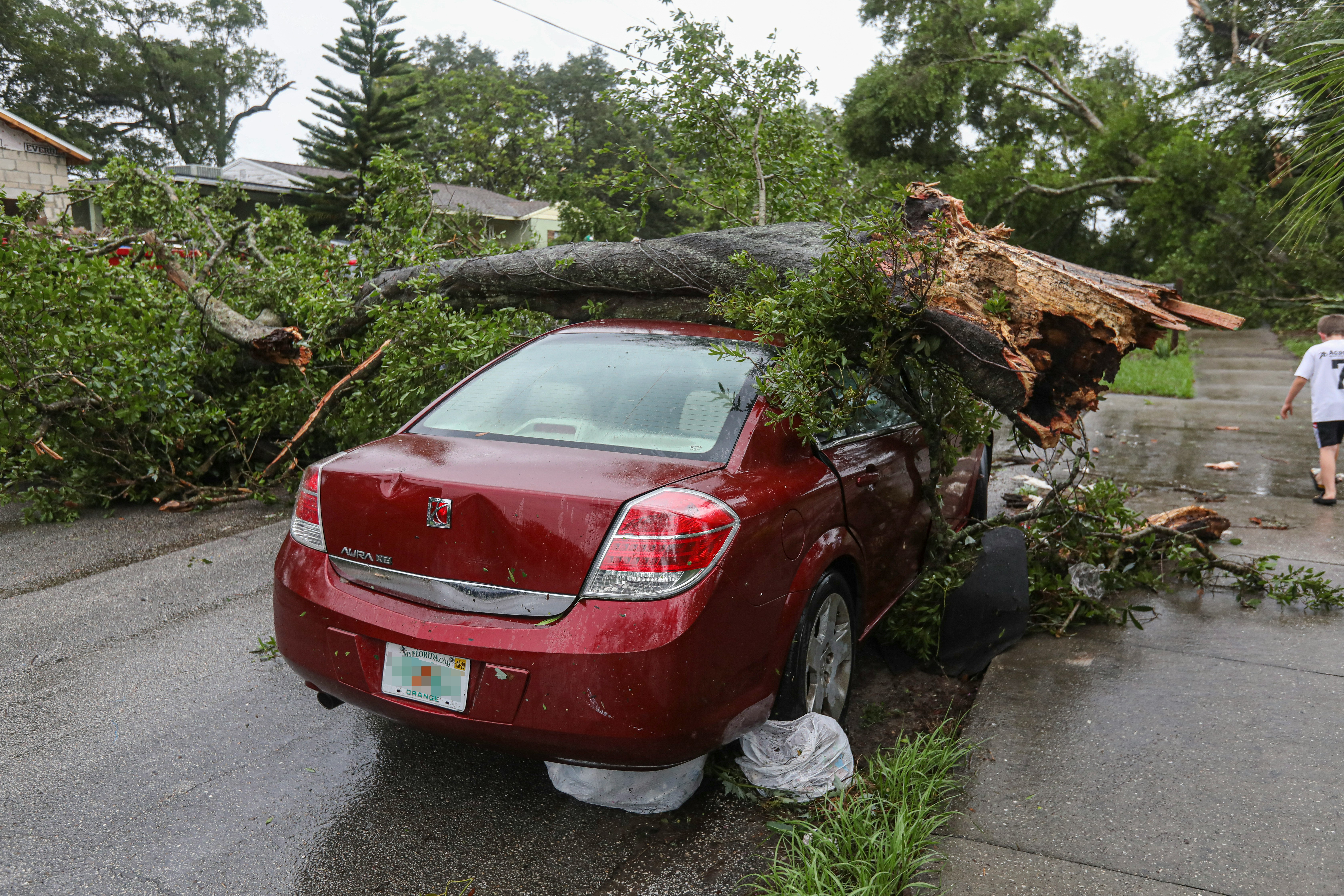How Technology Can Help Reduce DUI Accidents

Drunk driving is a deadly menace, claiming countless lives and leaving behind shattered families every year. These tragedies are entirely preventable.
NHTSA notes that drunk driving crashes are responsible for an average of 37 people dying every day in the United States alone. That’s almost equal to one person dying every 39 minutes. In 2022, 13,524 people died in DUI-related traffic accidents.
Advancements in technology are offering crucial tools to combat drunk driving and create safer roads.
The Power of Information
Technology can play a role in public awareness campaigns aimed at preventing drunk driving. Social media outreach, educational apps, and even gamified experiences can effectively target younger demographics and promote responsible driving habits.
Organizations like Mothers Against Drunk Driving (MADD) leverage technology to spread awareness messages and offer resources to combat drunk driving. According to MADD, over 4,300 youngsters under the age of 21 lose their lives each year in DUI accidents. On their website, it is also stated that 43.6% of drivers who were tragically injured tested positive for drugs.
Spring Law Group states that driving under the influence of alcohol or drugs is among the most reckless actions someone can take part in. It’s important to remember that DUI laws and penalties can vary by location.
Take the case of Colorado Springs as an example. According to the Colorado State Patrol, drunk driving continues to be a major contributing cause of injury and fatal collisions throughout the state.
Therefore, it’s crucial to know local regulations, including DUI laws. A simple internet search can provide you with information on the local DUI laws. In the unfortunate event of a DUI accident, the internet can be a valuable resource for finding a car accident lawyer in Colorado Springs. By using online directories and review platforms, you can easily connect with qualified legal professionals in your area.

Photo by Mick Haupt on Unsplash
Ignition Interlock Devices
Ignition interlock devices (IIDs) are now employed in several nations as part of DUI rehabilitation programs. These breathalyzer-like systems require drivers to give a breath sample that is less than a particular blood alcohol content (BAC) before the automobile starts.
According to Forbes, installing ignition interlock devices in all vehicles could be a life-saving innovation. This technology has the potential to prevent between 9,000 and 12,000 traffic deaths annually.
Advanced Driver-Assistance Systems
Modern vehicles are increasingly equipped with advanced driver-assistance systems (ADAS) that can act as a safety net for impaired drivers. Features like lane departure warning and automatic emergency braking can help compensate for slowed reaction times and poor judgment associated with intoxication.
The National Safety Council notes that 50% or more registered vehicles will have three ADAS systems by 2027. It is projected that 73% of registered vehicles will have rear cameras by 2027. 51% will have front collision prevention and 63% will have rear parking sensors.
Ridesharing Apps
Ridesharing apps have become a game-changer for nights out. No more worrying about designated drivers or struggling to find a cab. With a few taps on your phone, a safe and reliable ride awaits.
These services are often readily available, operating late into the night, and priced competitively compared to the high cost of a DUI. So next time you’re enjoying yourself and need a ride home, consider the convenient and responsible option offered by ridesharing apps.
Biometric Sensors
Researchers are exploring the potential of biometric sensors to detect intoxication in real-time. According to Biometric Update, these in-vehicle devices can assess increased blood flow to the face, as well as heart rate and eye movement.
They can also monitor changes in head and body posture, as well as the rate of breathing. The technology uses machine learning techniques to assess deviations from the standard measurement.
While still under development, this technology holds promise for preventing intoxicated individuals from getting behind the wheel altogether.
FAQs
What is the role of MADD?
MADD stands for Mothers Against Drunk Driving. It is an organization that works relentlessly to eliminate drunk driving, assist victims, and discourage underage drinking. They push for stronger DUI legislation and educate the public about the risks of driving under the influence.
What is the normal range for an alcohol breath test?
The typical range for a blood alcohol content (BAC) breath test is from 0.00% (completely sober) to 0.40% (extremely intoxicated). Legal limits for driving under the influence (DUI) are much lower, usually around 0.08%.
What happens in a drink-and-drive accident case?
A drink-driving accident can have serious legal and personal consequences. The car driver who caused the collision will likely face a criminal charge, perhaps jail time, and monetary compensation for damages. Victims of the accident may suffer injuries and emotional trauma, and require legal representation to seek compensation.
To summarize, technology provides many different methods to prevent drunk driving. From public awareness campaigns to in-vehicle sensors, these technological advances enable people to make educated decisions and provide safeguards against disasters.
While legal repercussions remain essential, technological solutions hold immense promise for a future with safer roads and fewer lives lost.
Spotted something? Got a story? Email: [email protected]
Latest News
